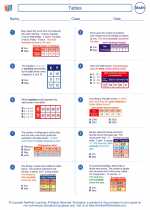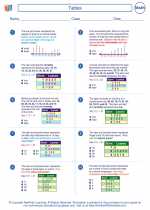Foggy
Fog is a natural weather phenomenon that occurs when the air near the ground becomes saturated with water vapor. When this happens, the water vapor condenses into tiny water droplets, creating a thick mist that reduces visibility. Foggy conditions can make it difficult to see objects in the distance and can affect transportation and outdoor activities.
Causes of Fog
There are several ways that fog can form:
- Advection Fog: This type of fog forms when warm, moist air moves over a cool surface, such as a body of water or cold ground. The air cools and the water vapor condenses, creating fog.
- Radiation Fog: Radiation fog forms on clear, calm nights when the ground loses heat by radiation. As the ground cools, the air near the ground cools as well, causing the water vapor to condense into fog.
- Evaporation Fog: This type of fog occurs when cool air moves over a warm water surface, causing the water to evaporate and create fog.
Effects of Fog
Fog can have a number of effects on the environment and human activities:
- Reduced Visibility: Fog can make it difficult to see objects in the distance, which can be dangerous for drivers, pilots, and sailors.
- Transportation Delays: Foggy conditions can lead to flight delays, reduced speed limits on roads, and disruptions to shipping and maritime operations.
- Moisture Deposition: Fog can deposit moisture on plants and other surfaces, providing a source of water for ecosystems in dry regions.
Study Guide
Here are some key points to remember about fog:
- Understand the different types of fog and the conditions that lead to their formation.
- Be able to explain the effects of fog on transportation and visibility.
- Consider the importance of fog in ecosystems and its role in providing moisture to plants and other organisms.
- Learn about safety precautions and measures that should be taken in foggy conditions.
By understanding the causes and effects of fog, as well as its role in the environment, you can appreciate the significance of this natural weather phenomenon.
.◂Math Worksheets and Study Guides Sixth Grade. Tables
The resources above cover the following skills:
Data Analysis and Probability (NCTM)
Select and use appropriate statistical methods to analyze data.
Discuss and understand the correspondence between data sets and their graphical representations, especially histograms, stem-and-leaf plots, box plots, and scatterplots.




